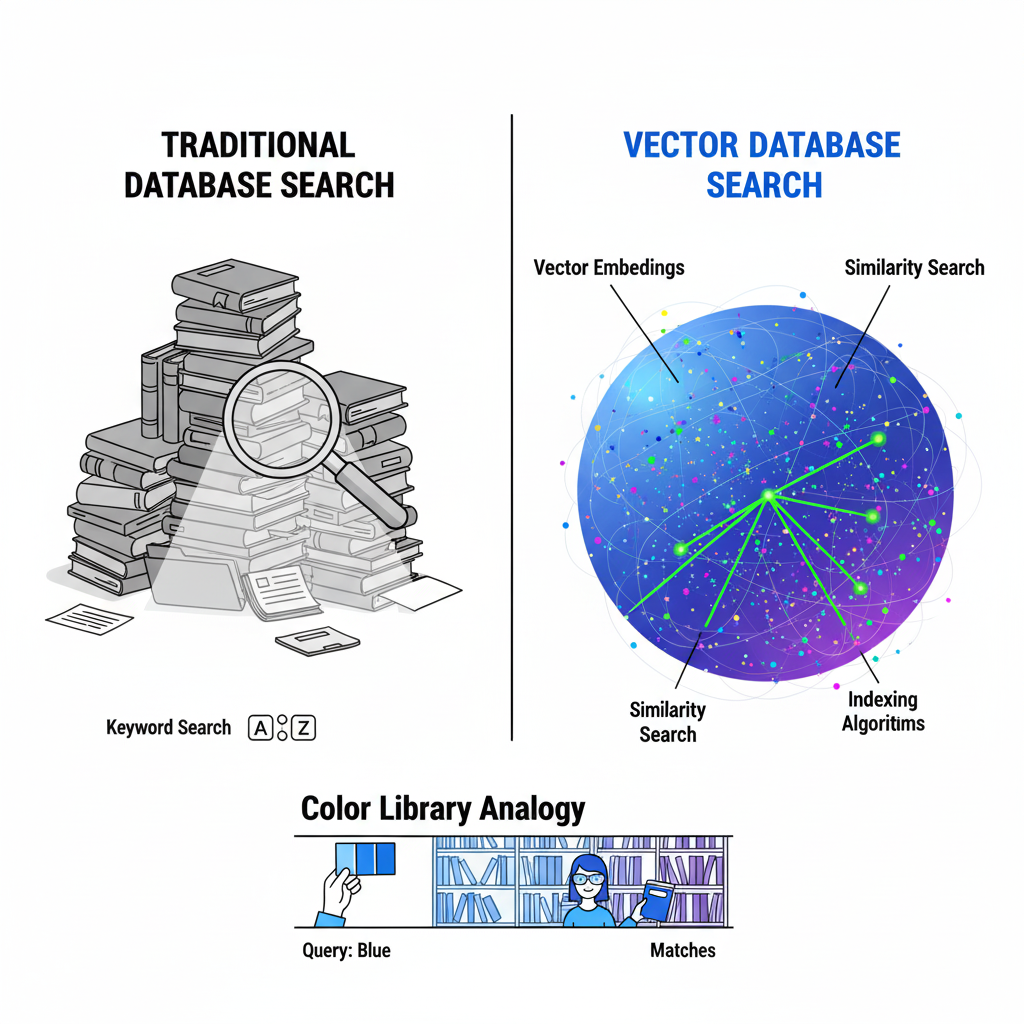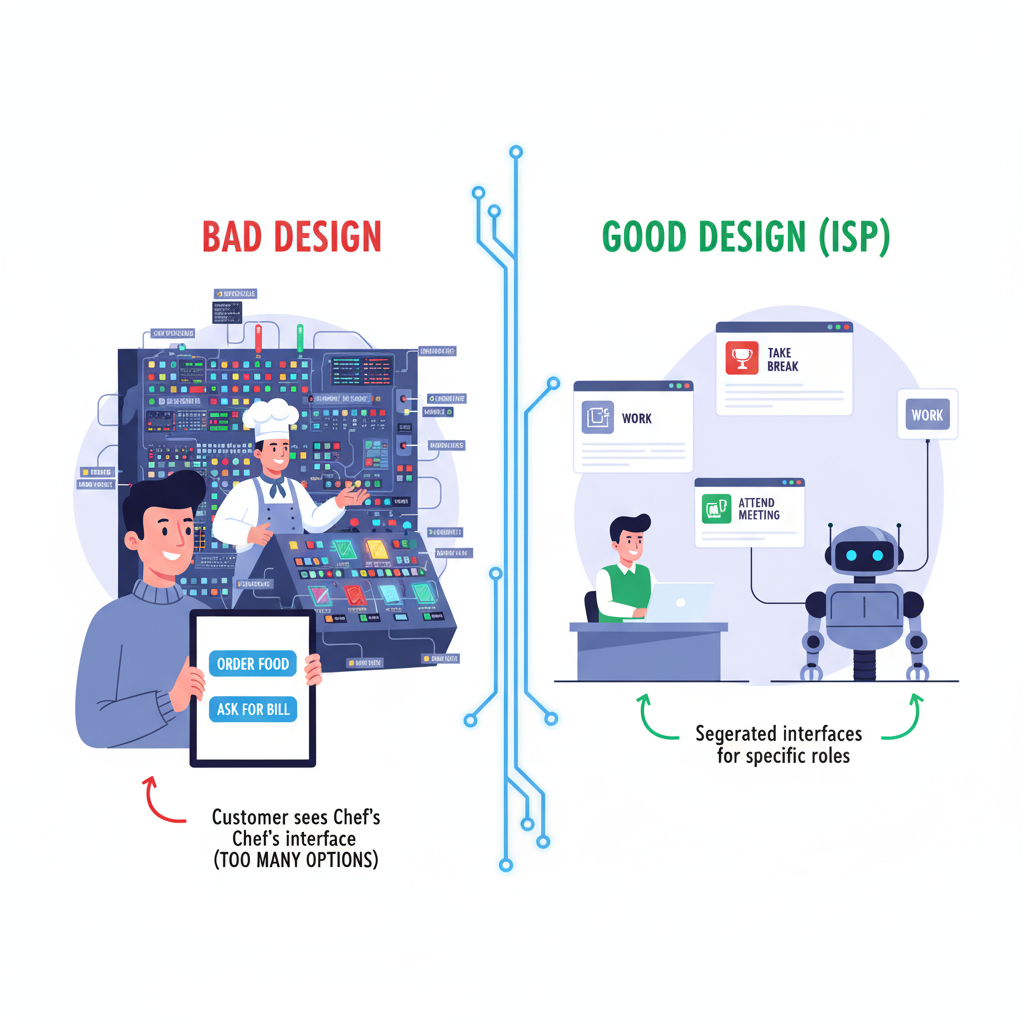The Spotlight
Microsoft's AI Gamble: Adapt or Die
Microsoft CEO Satya Nadella is haunted by the ghost of a fallen tech giant, and he’s using it to deliver a stark warning to his employees. Drawing a parallel to the 1970s powerhouse Digital Equipment Corporation (DEC), which collapsed after missing a critical industry shift, Nadella cautioned that AI could similarly destroy Microsoft if it fails to adapt at a breakneck pace.
This warning comes at a turbulent time for the company. While it invests over $80 billion in AI infrastructure, Microsoft has also laid off more than 15,000 employees in 2025, creating a climate of fear and low morale. The pressure is immense, as the company grapples with several key challenges:
-
Resource Drain: The massive computing power required by partner OpenAI is straining Microsoft’s systems.
-
Internal Anxiety: Employees are unnerved by the cultural shift and fear AI-driven job displacement.
-
High-Stakes Bet: The company is betting heavily on reinforcement learning (RL) to build advanced AI agents, a technology that is still in its early, unproven stages.
Nadella's warning signals a period of intense pressure and potential chaos inside one of the world's most important tech companies, even as it publicly projects confidence in its AI strategy.
The News
AI Labs Bet Billions on Simulated Worlds to Train Smarter Agents
The long-held vision of autonomous AI agents is being held back by today's limited technology, and the industry is now betting big on a solution: reinforcement learning (RL) environments. These simulated workspaces are seen as a critical element for training agents on complex, multi-step software tasks. As a result, leading AI labs and investors are pouring resources into this area, with leaders at Anthropic reportedly discussing a spend of over $1 billion. The demand has launched a new wave of startups hoping to become the "Scale AI for environments" and power the next frontier of AI progress.
Read more
----------------------------
xAI Releases Lighter, Faster Grok 4 Fast Model
xAI has launched Grok 4 Fast, a more efficient version of its flagship model that delivers comparable performance with 40% less compute. This efficiency translates to significantly lower costs, with xAI claiming a potential price drop of up to 98% per task. The new model excels at using external tools like web browsing and code execution, outperforming its predecessor and even leading models from competitors in certain benchmarks.
Read more
----------------------------
Nvidia and OpenAI Forge $100B Alliance to Build AI Super-Infrastructure
In a landmark deal, Nvidia is investing up to $100 billion in OpenAI to build a new generation of AI super-infrastructure. The partnership aims to deploy at least 10 gigawatts of data center capacity powered by millions of Nvidia GPUs, with the first phase set to go live in late 2026. This massive investment will fuel OpenAI's path to superintelligence and could significantly reduce its reliance on its long-time partner, Microsoft.
Read more
The Toolkit
Sembly: A customizable AI meeting assistant that gives your team full control over its conversation intelligence. It enables powerful conversation search and collaborative templates, all while providing granular control over data retention and agent behavior.
Try it out!
Zoho Creator: A low-code platform for building custom web and mobile business apps with minimal coding. It uses a drag-and-drop interface to help you build, automate, and manage applications that are tailored to your specific business needs.
Explore!
Try it out!
The Topic
The Quick Bytes
- 🏆 AI Dominance: OpenAI and Google's AIs crushed a human coding competition, solving problems contestants couldn't, outperforming human contestants at the 2025 International Collegiate Programming Contest
- ❤️ AI in Dating: Meta is adding an AI "dating assistant" to Facebook Dating to fight swipe fatigue and challenge rivals like Tinder and Bumble.
-
📺 AI on Your TV: Google is rolling out Gemini to over 300 million Google TV and Android TV devices.
- ✉️ AI in Your Email : For its $200/month Max plan, the new tool lets Gmail and Outlook users schedule meetings and draft replies simply by emailing a dedicated AI address.
- 🤖 AI Hardware: OpenAI's mysterious Jony Ive project is taking shape with plans for smart glasses, a speaker, and more.
The Resources
-
[AI Ecosystem] The GitHub MCP Registry: A curated directory for discovering trusted MCP servers — simplifying installation and enhancing interoperability for AI developers. Read more
- [AI Research] LIMI: Less is More for Agency: A new approach showing that AI can achieve greater autonomy and agency with a small, curated set of high-quality data, challenging the idea that more data is always better. Hugging face Paper
- [Developer Resources] Project-Based Learning Tutorials: A curated collection of programming tutorials where developers learn to build complete applications from scratch, organized by language. Github Repo
The Concept
The Interface Segregation Principle (ISP) states that a class should not be forced to implement interfaces and methods that it will not use. It’s better to have many small, specific interfaces than one large, general-purpose one.
Think about ordering food at a restaurant. As a customer, your interface is the waiter: you can placeOrder(), askForBill(), and receiveFood(). Now, imagine the restaurant forced you to use the same interface as the chef. You'd have irrelevant and confusing options like preheatOven(), chopVegetables(), and operateDeepFryer(). Forcing the customer to see the chef's controls is a violation of ISP. The system should provide a simple menu (the customer interface), not the entire kitchen's control panel.
In software, a classic example is a single, large IWorker interface with methods for work(), takeLunchBreak(), and attendMeeting(). A HumanProgrammer can do all three. However, a RobotWorker can work() but can't takeLunchBreak(). Forcing the RobotWorker class to implement an empty takeLunchBreak() method just to satisfy the interface is a classic ISP violation. The solution is to segregate the interface into smaller ones like IWorkable and IEatable, allowing classes to implement only the behaviors they truly possess.
Thank you for reading The TechX Newsletter!




